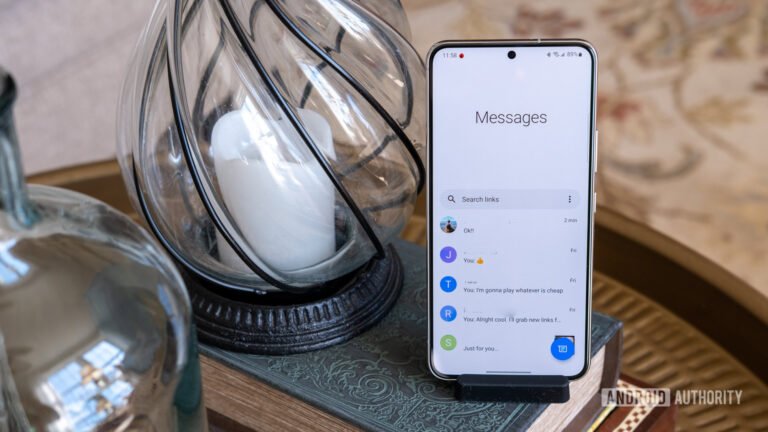![]()
Despite the fact that the Google Pixel 10 comes with a 120Hz refresh rate, it’s limited to 60Hz out of the box. That only applies to the vanilla model in the series, though, it would seem.
The Google Pixel 10’s 120Hz display refresh rate is not enabled by default
No, you’re not stuck at 60Hz, but you’ll have to tweak things in the settings to get that buttery smooth scrolling. Why did Google do this? Well, one would assume that it’s due to increased battery consumption. Well, it probably is, at least partially.
The Google Pixel 10 is the base model in the series and it’s safe to assume that it’ll end up in the hands of regular users, most of them will, at least. By ‘regular users’ I mean not power users, not someone who would care about display refresh rate. If you look at it from that point of view, it also makes sense.
However, if you wish to change the refresh rate of the Pixel 10’s display, that is easy to do. All you have to do is enable the ‘Smooth display’ feature, which is located in the ‘Display & touch’ menu within the settings.
The Pixel 10 does have an LTPS display, so this decision is kind of warranted
Another thing worth noting is that Google is using an LTPS OLED display on the Pixel 10, as it did on the Pixel 9. That means that the refresh rate can switch between 60 and 120Hz refresh rate. It cannot go all the way down to 1 or 10Hz, like the displays on ‘Pro’ models can. That’s probably another reason why Google ships the phone with a 60Hz refresh rate by default.
If you don’t really notice the difference between 60Hz and 120Hz, keeping the refresh rate at 60Hz may not be a bad idea. You should be able to see some battery gain that way. It’s less noticeable on LTPO displays, which can lower their refresh rate to 1-10Hz.
The post Google Pixel 10 Hides Its 120Hz Superpower Behind One Toggle appeared first on Android Headlines.

